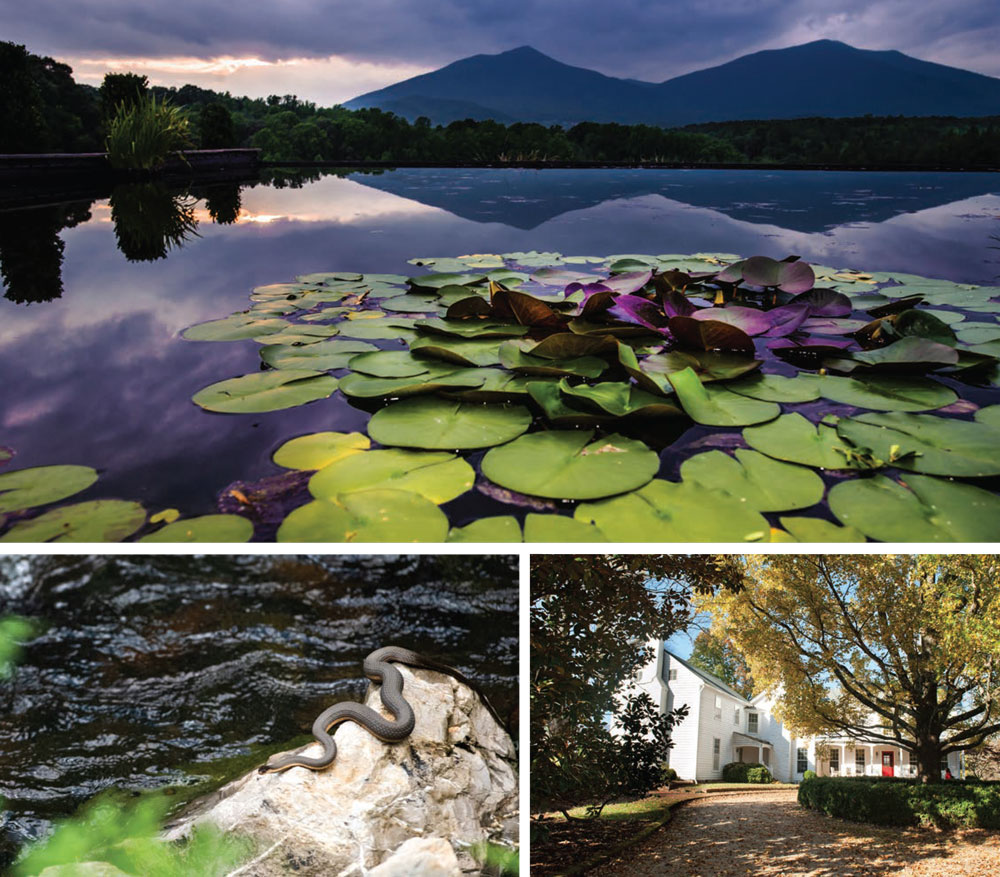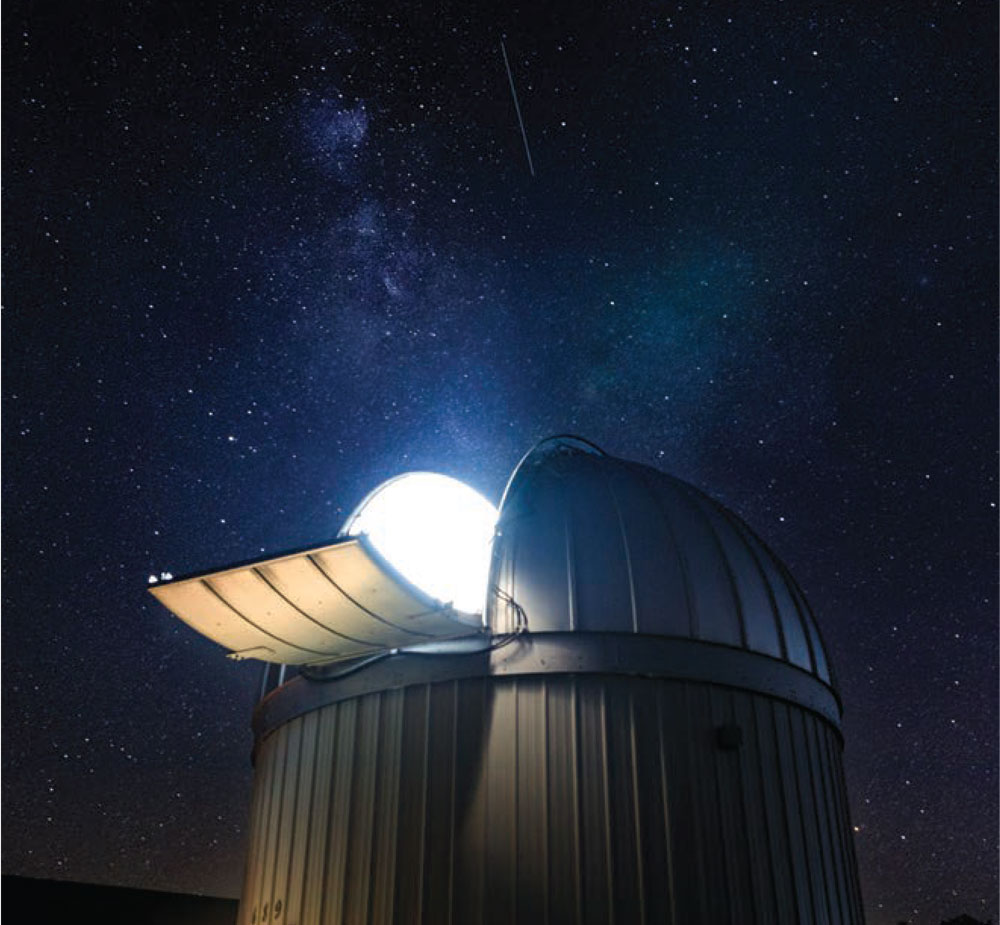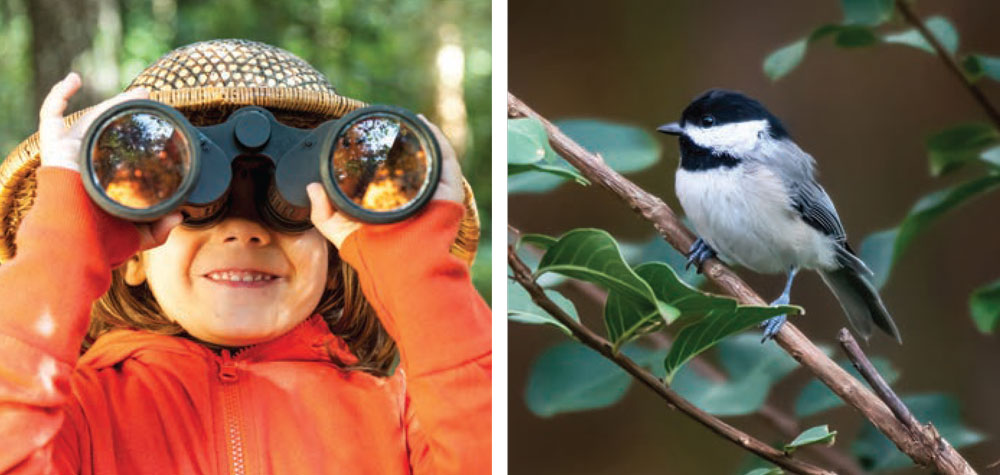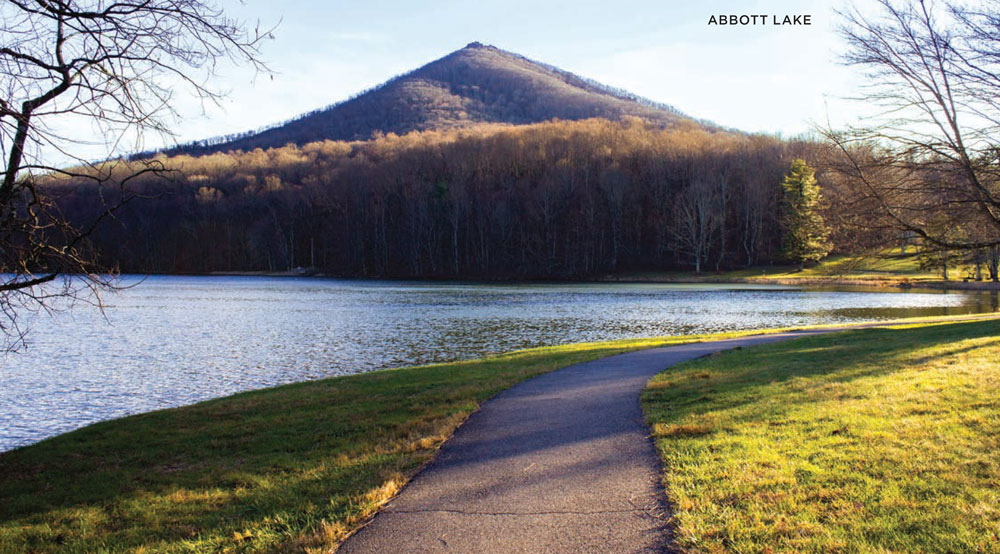SUMMER THROUGH THE EYES OF A CHILD
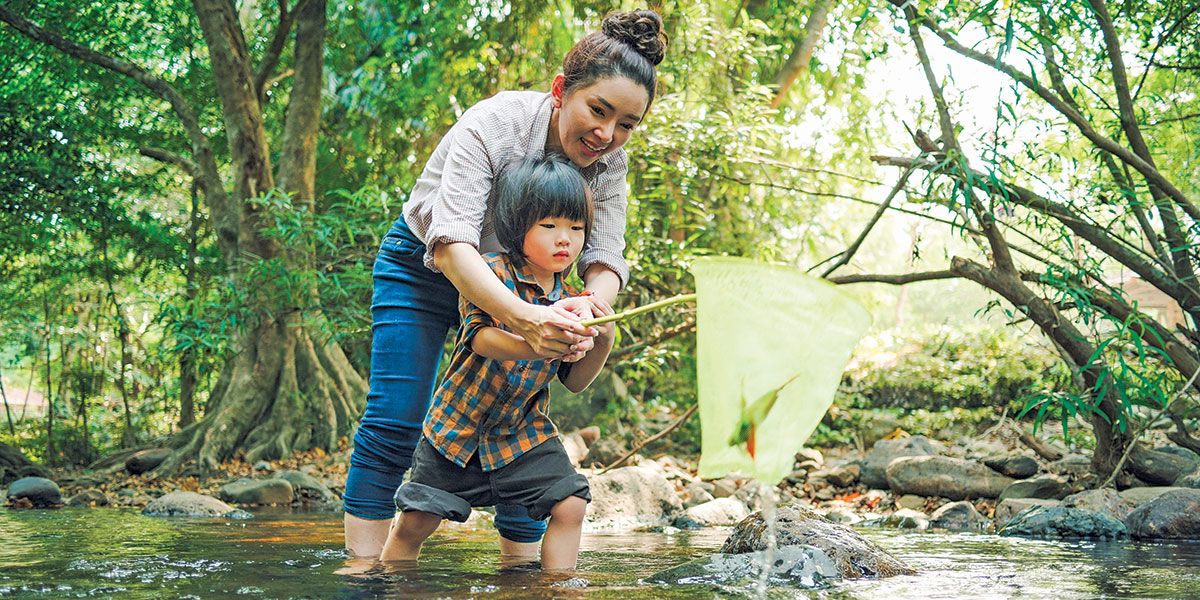
Rediscover the Simple Joys of Life and Nature
One of the keys to happiness is finding wonder and awe, even in everyday life, according to a recent article in the Journal for the Association for Psychological Science. Researchers say the feeling of awe engages five processes — including a heightened sense of meaning — that benefit our overall well-being.
This reminds me of my youngest children, ages 4 and 6, who still get so excited when they stumble across the small scenes in nature that adults like me often overlook. A fuzzy caterpillar crossing our sidewalk or a slimy worm emerging from the dirt bring these two so much joy. Far too often, I’m too busy heading inside to do another load of laundry to stop and appreciate these moments with them.
This summer, I hope you will join me in committing to a renewed focus on the world around us and finding new or unique ways to spend time with your family outside.
Here are a few ideas to get you started in Central Virginia:
Photos: University of Lynchburg
Explore a secret garden
RECOMMENDED LOCATION: Claytor Nature Center | 1844 Woods Road, Bedford
It’s a little off the beaten path for those who live in the Lynchburg city limits — but a trek to the Claytor Nature Center in Bedford County is worth the mileage. Most of the Claytor Nature Center land was donated to the University of Lynchburg by A. Boyd Claytor III.
Located off Route 43 in the foothills of the Blue Ridge Mountains, the grounds include an 18th century farm and farmhouse and the Virginia Claytor Memorial Gardens (named after Claytor’s wife). You don’t have to be a gardening expert or even an enthusiast to be awed by the stunning arrangement of formal flower, herb and shrub plantings — all of which surround a reflecting pool with the Peaks in the background. And a fun nature fact: next to the farmhouse stands one of Virginia’s largest green ash trees!
Not only should you bring your camera, but you should also pack some sturdy shoes and binoculars. The grounds include a hiking trail system that takes you by freshwater streams, woodlands, wetlands and grasslands that include a portion of the Big Otter River. The Belk Astronomical Observatory and Ramsey-Freer Herbarium on the property are open only for special events.
The Claytor Nature Center is open to the public from 8:30 a.m. to 5 p.m. most days. There is a $5 per car suggested donation. Learn more on their website: www.lynchburg.edu/academics/academic-and-community-centers/claytor-nature-center/.
Take your stargazing skills up a notch
RECOMMENDED LOCATION: Liberty University Astronomical Observatory | 259 Lone Jack Road, Rustburg (Entrance located on Traveler Road)
An appreciation for nature also includes the natural wonders located a little further from our backyards — try 25 trillion miles away!
At the Liberty University Astronomical Observatory, visitors get a chance to view the planets, moon and stars through a 24-inch DFM Engineering telescope. This is the largest telescope in the region, and it sits about one story off the ground. The observatory also has 8-inch Celestron telescopes that offer a clear, wider view of the night sky.
Before or after your stargazing experience, learn more about the constellations and stars in the observatory’s instructional lab.
You must register before visiting the observatory and you can only do so 24 hours before the evening you want to come. Also, keep in mind that observation hours are highly dependent on the weather.
Visit their website to learn more: www.liberty.edu/arts-sciences/mathematics/astronomical-observatory/.
Brush up on your birdwatching skills
RECOMMENDED ACTIVITY: Lynchburg Parks and Recreation’s Hill City Birding Series
Do you ever spot a cool-looking feathered friend on your porch, but it flies away before you can make an identification? Then the Hill City Birding Series — a program of Lynchburg Parks and Recreation — is for you.
A naturalist leads participants through Lynchburg’s parks to look and listen for birds of the season. You can also learn how to use popular apps to identify birds and record what you see in nature.
There are opportunities to join this program at Hollins Mill Park (June 10), Ivy Creek Park (July 8) and Percival’s Island (August 12). You must sign up at least three days in advance.
Learn more and explore other nature-inspired Lynchburg Parks and Recreation programs on their website: www.lynchburgparksandrec.com/programs-and-activities.
Find a new walking path
RECOMMENDED LOCATION: Abbott Lake | 85554 Blue Ridge Parkway, Bedford
Take advantage of the longest days of the year by finding a new location for your evening walk. We recommend trading a few laps around the neighborhood for a spot with a spectacular view—such as Abbott Lake at the Peaks of Otter Lodge.
The 24-acre lake — named after the Blue Ridge Parkway’s first resident landscape architect and planner, Stanley William Abbott — also features a one-mile loop trail around its perimeter. Half of your walk puts the spectacular Peaks in full view; the other half weaves you through the woods at the base of the mountains. Bring your camera because you can capture some gorgeous photos as the Peaks reflect off the lake.
When you aren’t stopping to take in the beautiful scenery, be sure to pause and see if you spot any smallmouth bass, catfish, golden shiners, sunfish or blue gill in the Abbott Lake waters.
Start a nature-inspired journal
RECOMMENDED LOCATION: Your home backyard
Adults and kids alike can benefit from the practice of journaling, which is proven to improve your overall mental health. During the summer months, consider starting a journal that focuses specifically on the natural wonders around your home.
For some of you, this may look like stepping outside on your back patio and writing down what you observe. For others, it may include taking your journal a step further by describing how the scenes in nature make you feel or even crafting a short poem.
Then, there are some of you who may completely be turned off by the idea of flowery language. For this group, simply observe something in nature in which you aren’t familiar, do a little research on the topic and write down your new findings. At the end of the season, your nature journal can serve as a self-created encyclopedia of your neighborhood habitat.
Children can easily join you on this exercise so consider getting equipment to exercise together, a great idea would be something like a rebounder.
To ensure that these memories stay alive you should consider filling out an inexpensive composition book with their drawings about nature and even include a few treasures such as leaves and sticks. ✦
Abbott Lake, Claytor Nature Center, Hill City Birding Series, Liberty University Astronomical Observatory, nature-inspired journal, secret garden, stargazing, Virginia Claytor Memorial Gardens, Walking, your birdwatching

